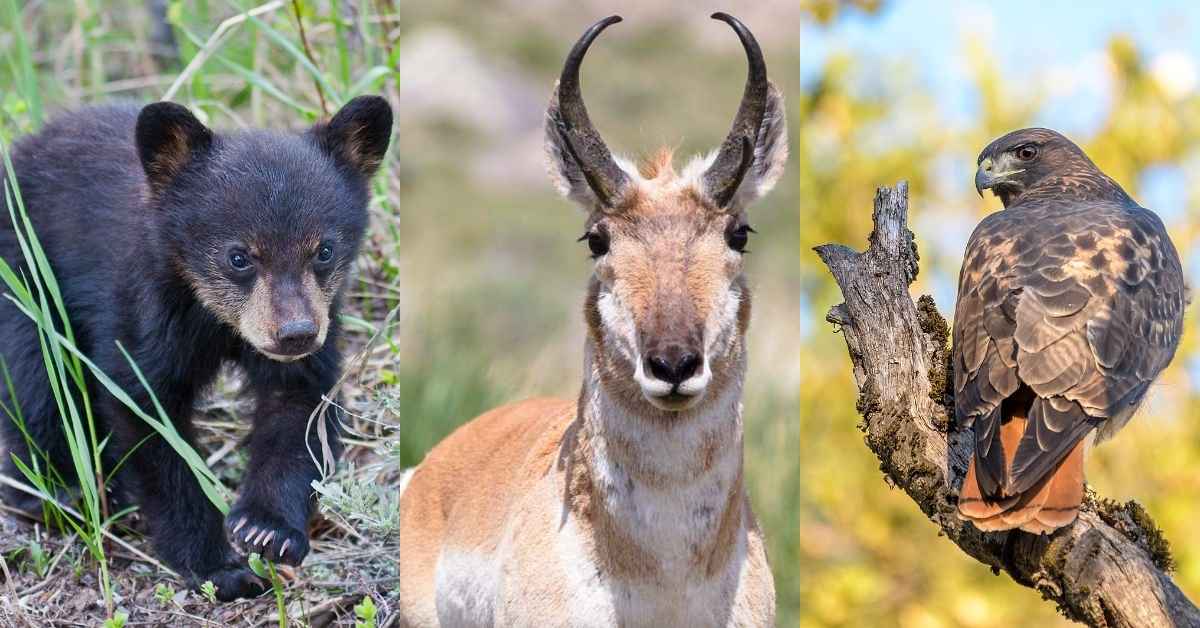The city of San Francisco is home to over 800,000 people, and dotted with countless pets, piers, parks, and bustling businesses.
Now, picture that same stretch of land copied and pasted atop the green, rolling hills of San Luis Obispo County, California.
There, on 27,512 acres of the property, rests Camatta Ranch, a cattle ranch that just completed the second biggest land conservation easement in the country.
“It’s an incredible landscape filled with rolling hills, green grass, oak woodlands and really important wildlife habitat,” Land Conservancy of SLO County executive director Kaila Dettman told The San Luis Obispo Tribune. “It’s really, really exciting to protect something of this scale.”
The cattle ranch has been in the hands of the Morrison family for six generations, since it was first purchased in 1978.
Going forward, the land will remain privately owned by the family, but it will also be open to nature tours for the public. And more importantly, the huge swath of land will be protected against any future development.
The land easement of Camatta Ranch is second only in size to the protected wooded peninsulas and vast grasslands of Hearst Ranch in San Simeon, California.
“It’s almost like a sibling because you look after it,” said Emilee Morrison, who was raised on the ranch. “We’re borrowing it from our grandchildren. We believe we’re just a link in the chain.”
Camatta Ranch co-owner Felicia Morrison agreed, saying that their family feels like their “ranch is a blessing” that needs to be shared.
“Southern California used to look like this,” Felicia said. “There’s no guarantee that it will stay like this unless we protect it.”
For the Morrisons, the conservation agreement is not just about opening up their emerald green land to the public.
It’s also about making sure the acreage — which spans from the Los Padres National Forest to Shandon, CA — is protected for the hundreds of animals that call it home: golden eagles, bald eagles, mountain lions, red-tailed hawks, and even bison.

The land is also a vital pathway for a local population of pronghorn antelope, who traipse across the ranch every year when they migrate.
“It really is a corridor of statewide significance for our local critters that call this county home,” said Dettman.
The Camatta Ranch is not just a haven for creatures, it’s also one of the last remaining homes to the threatened Camatta Canyon amole lily. In fact, a whopping 90% of the plant’s population grows on the land.
“The biodiversity on this ranch is phenomenal and so important to preserving threatened and endangered species,” said Dettman.
Another common sighting? Black bears, which were once threatened, but have been on the rise since they were removed off the endangered species list in 2016. They join bald eagles and red tailed hawks as once vulnerable species that are bouncing back due to conservation efforts like these.
“It was very important to protect this place so they can continue to thrive here,” Dettman said.
Header images via Vincent / RikkisRefugeOther (CC BY 2.0 DEED) and Becky Matsubara (CC BY 2.0 DEED)



